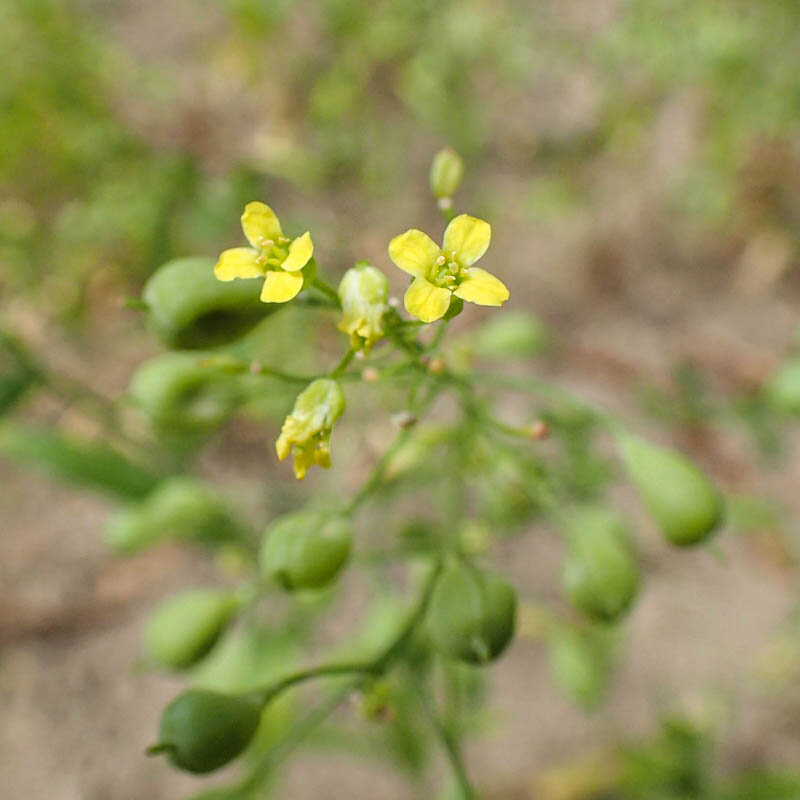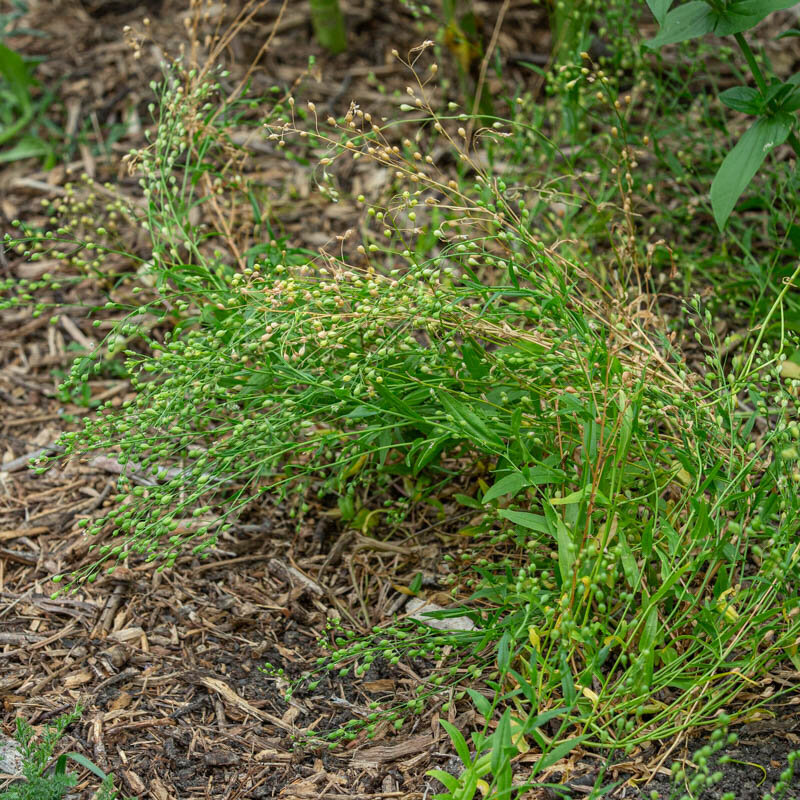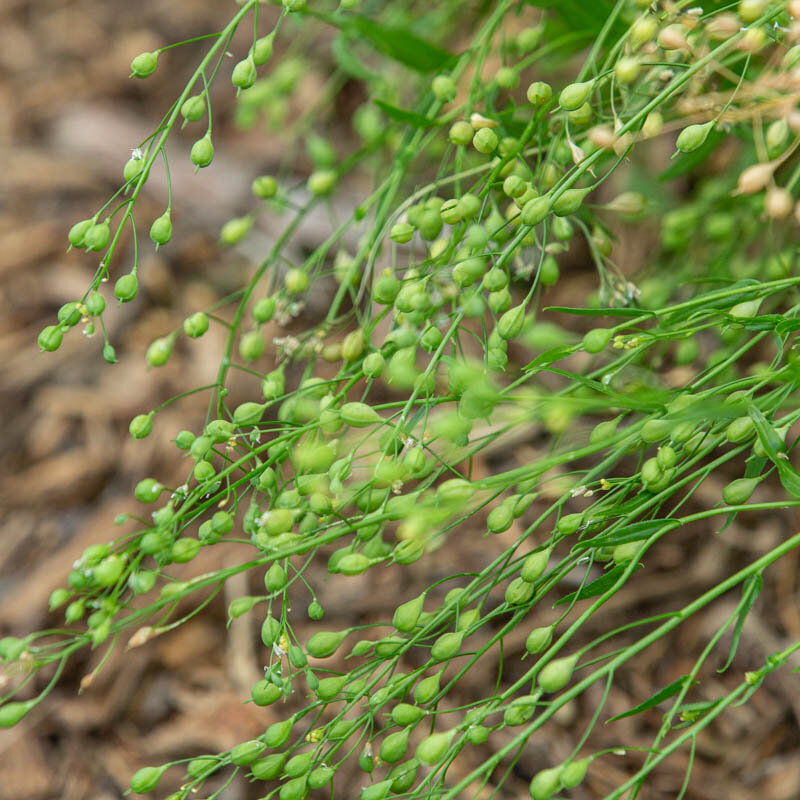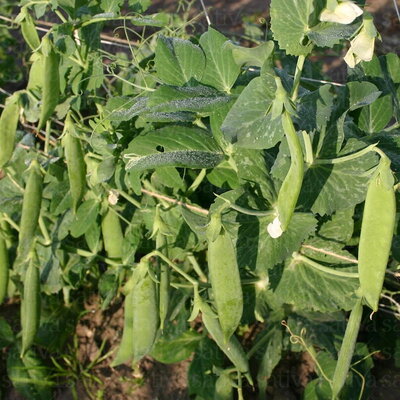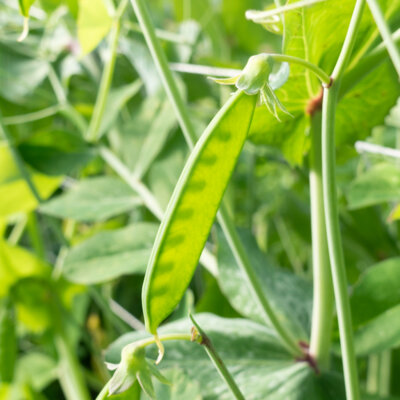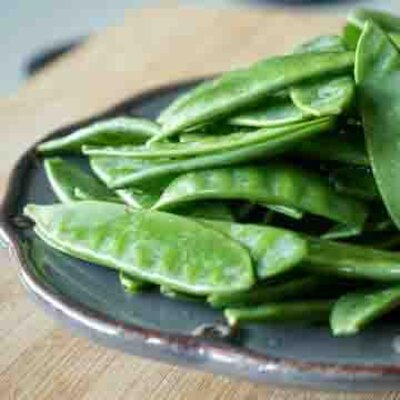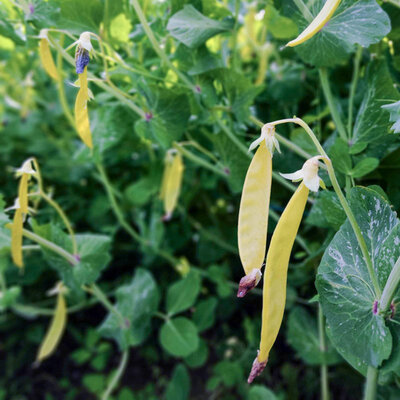Camelina
This very old species of the Brassicaceae family, used as a green manure, has upright stems 40 cm high, traditionally used to make brooms. Its flowers are yellow and highly melliferous.
Its powerful roots can break up clods of clay in very heavy soil. The melliferous yellow flowers produce seeds containing an oil appreciated for its high omega-3 content.
in the ground, on the fly, online
Spade and finely crumble the soil surface to ensure good contact between seed and soil. Sow directly in place, lightly tamping and keeping moist. Mix seeds with sand to make broadcast sowing easier and more uniform.
Cultivated as a green manure, mow before seed set and leave the biomass in place or bury it.
March, April, May, June, July, August, September, October
January, February, March, April, May, June, July, August, September, October, November, December
in the ground, in pot
sunny
medium
all floor types
drained
Camelina sativa
30 grams
Green, White
From 40 to 80 cm
Europe / Asia
Species plantarum
This ancient species has been cultivated in Europe for over 3,000 years, producing vegetable oil and fodder. It is referenced in 1763 in Carl Von Linné's Species plantarum.
Carl Von Linné



